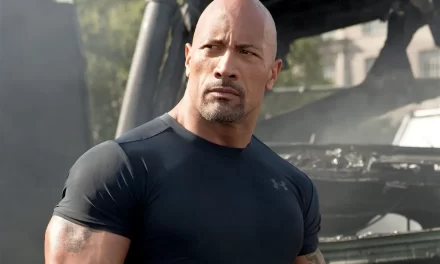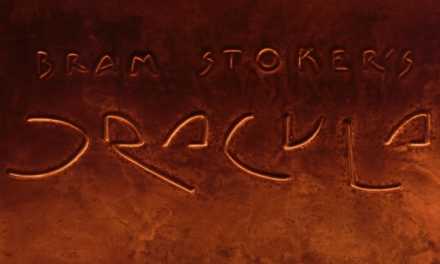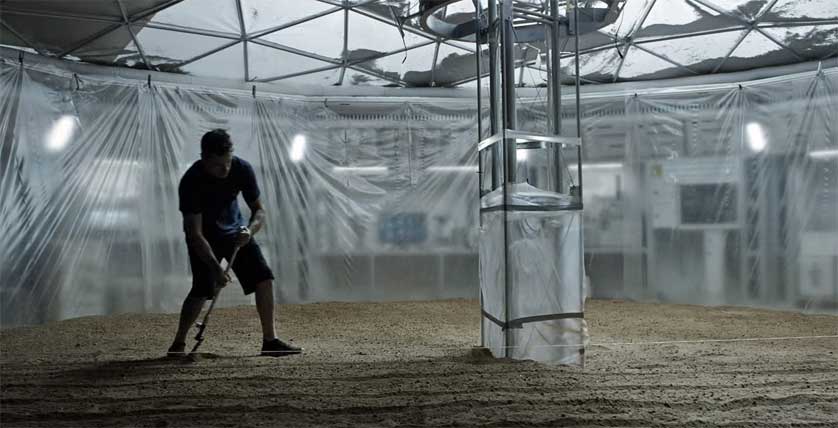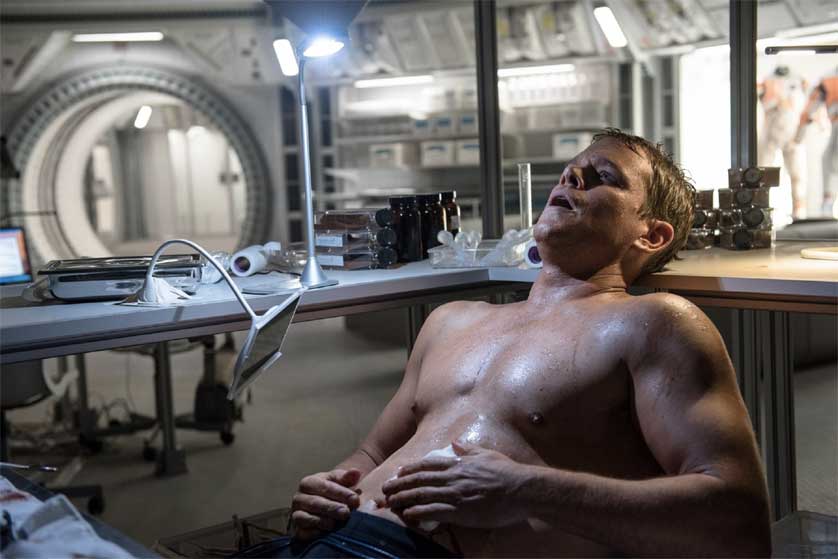
The Science of The Martian: Fact vs Fiction
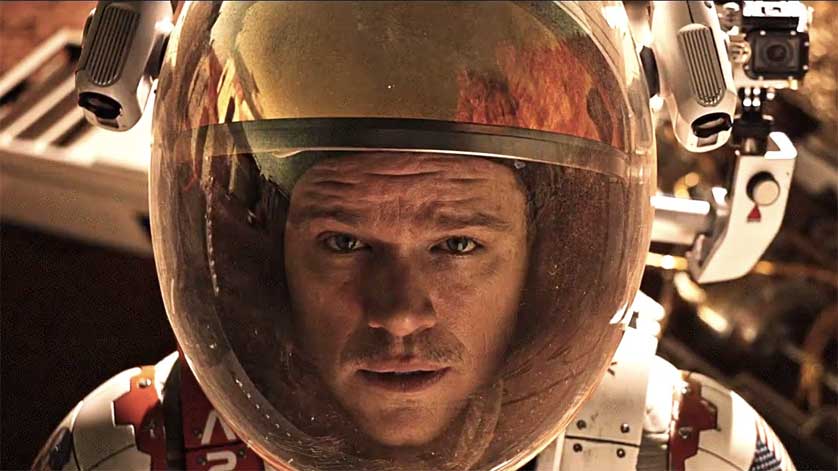
“The Martian” is a sci-fi hit but where do they separate the science from fiction?
“The Martian” scored well at the box office and we agree that it’s well deserved. It is an amazing film from Ridley Scott and highly entertaining. With that said, there are aspects of this film that some sci-fi enthusiasts (like myself) question as being either fact or fiction. While some elements may be fact and some are fiction, this factual examination in no way discredits “The Martian.” In fact, the inquisitive desire related to “The Martian” further supplements the intrigue and allure that surrounds the film. So let’s expand our minds as we dive deeper into the true and not-so-true aspects of “The Martian.”
BE WARNED. THERE ARE SOME SPOILERS BELOW.
Growing Food on Mars:
Mark Watney determines that he has to master agriculture by growing food on Mars, a planet where seemingly nothing grows. While he simplifies the process by hauling in some Martian soil and fertilizing with human fecal matter, it raises the question of whether or not this process would work.
According to NASA the solution is a bit more complex than conveyed in “The Martian.” In the research done thus far NASA’s main concerns are gravity and adequate lighting. On the International Space Station they have discovered that plants can grow in very weak gravity known as microgravity but the gravity on Mars is only 37.5% as powerful as the gravity on Earth. The solution to this would be to create a pressurized greenhouse like they did in “The Martian” but then comes the second problem which is lighting.
Growing plants in a pressurized environment creates problems when it comes to sunlight as the enclosure would further block the already reduced sunlight that Mars receives (about half the sunlight of Earth). NASA has been researching optimization of LED lights to supplement plants’ needs but that type of light would also require an adequate amount of power.
To accommodate for the power consumption NASA’s plans would be to create a greenhouse that is pressurized at only 10% of Earth’s pressure. This would mean the “farmers” would need to be farming in suits in order to handle the pressure change which could prove to be difficult.
Finally it comes down to resilient and adequately consumable vegetables. Mark Watney uses potatoes as his main source of nourishment and while they are a rather resilient vegetables, they aren’t on NASA’s primary list of vegetables for growing on Mars. It’s not proven that potatoes wouldn’t be an adequate crop for Martian agriculture but according to NASA lettuce, spinach, carrots, tomatoes, green onions, radishes, bell peppers, strawberries, fresh herbs and cabbages are the first choices on their list. It’s interesting that “The Martian” chose potatoes over any of those other foods.
Fiction: Growing food on Mars is possible, but all of the conditions in the film don’t add up.
Radiation on Mars:
Not once do they mention the issue of exposure to radiation on Mars. The atmosphere is thinner and offers less protection from the sun which could cause an issue for any astronaut on the planet’s surface.
If a Mars mission were to happen today, an extended trip to and stay on the planet would expose astronauts to an amount of radiation over the current set limit by NASA. NASA allows for just under 1 sieverts of radiation exposure for an astronaut’s career. A 180-day trip and 500-day stay on Mars would expose astronauts to 1.01 sieverts of radiation based on measurements by Curiosity’s Radiation Assessment Detector (RAD) instrument indicate. This type of exposure is 15 times the limit of nuclear power plant workers. This type of exposure would increase one’s risk for fatal cancer by roughly 5% which they did not touch on in “The Martian” but Mark Watney could have had troubles in later years.
Fact: With proper shielding, he could survive with unknown long-term effects.


